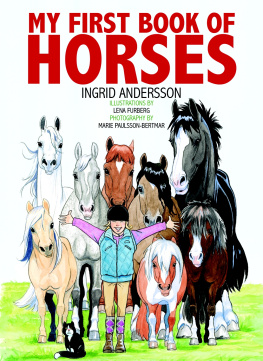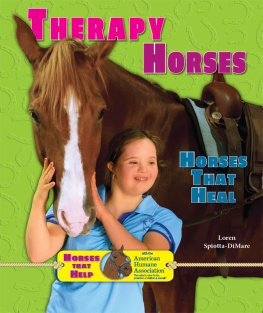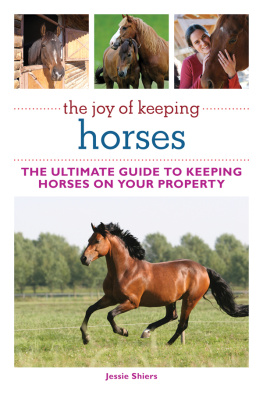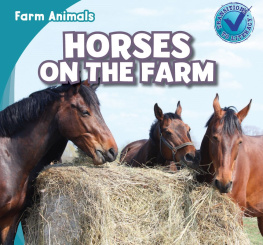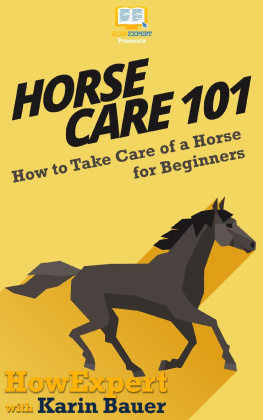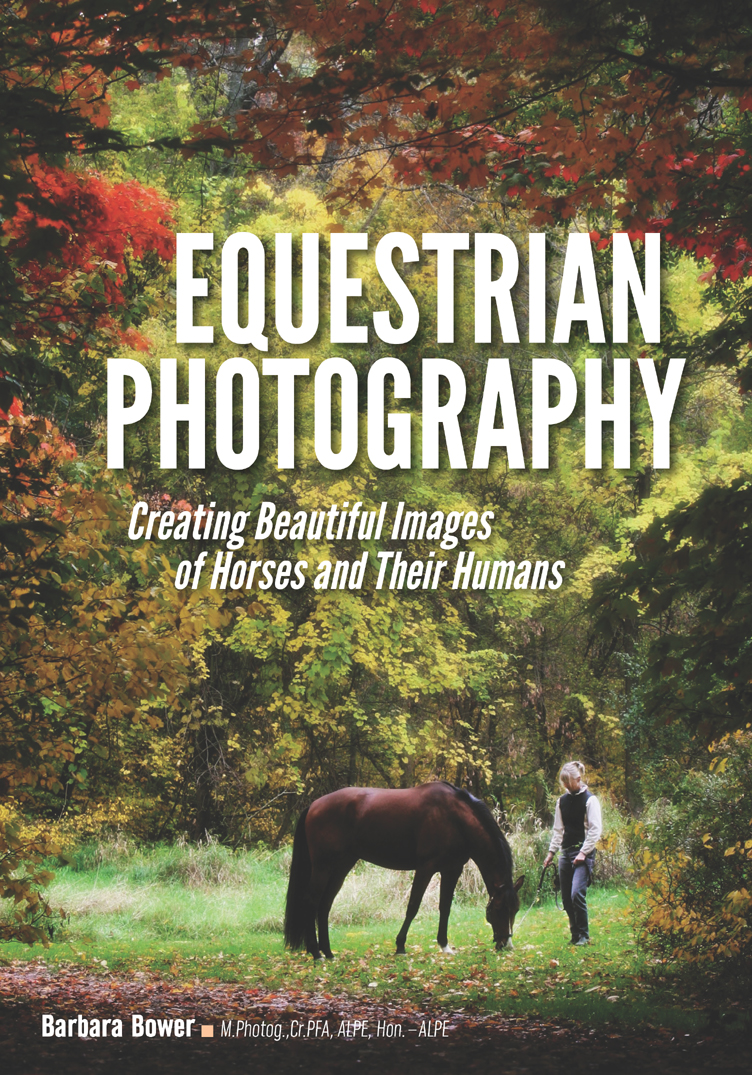
Table of Contents
Guide
Copyright 2017 by Barbara Bower.
All rights reserved.
All photographs by the author unless otherwise noted.
Published by:
Amherst Media, Inc.
PO BOX 538
Buffalo, NY 14213
www.AmherstMedia.com
Publisher: Craig Alesse
Senior Editor/Production Manager: Michelle Perkins
Editors: Barbara A. Lynch-Johnt, Beth Alesse
Acquisitions Editor: Harvey Goldstein
Associate Publisher: Kate Neaverth
Editorial Assistance from: Carey A. Miller, Roy Bakos, Jen Sexton, Rebecca Rudell
Business Manager: Adam Richards
ISBN-13: 978-1-68203-221-3
Library of Congress Control Number: 201652106
10 9 8 7 6 5 4 3 2 1
No part of this publication may be reproduced, stored, or transmitted in any form or by any means, electronic, mechanical, photocopied, recorded or otherwise, without prior written consent from the publisher.
Notice of Disclaimer: The information contained in this book is based on the authors experience and opinions. The author and publisher will not be held liable for the use or misuse of the information in this book.

www.facebook.com/AmherstMediaInc
www.youtube.com/AmherstMedia
www.twitter.com/AmherstMedia
AUTHOR A BOOK WITH AMHERST MEDIA!
Are you an accomplished photographer with devoted fans? Consider authoring a book with us and share your quality images and wisdom with your fans. Its a great way to build your business and brand through a high-quality, full-color printed book sold worldwide. Our experienced team makes it easy and rewarding for each book soldno cost to you. E-mail today!
CONTENTS

Barbara Bower is a graduate of the Rhode Island School of Photography, and she has studied with some of the finest artists and photographers in the field. She holds the Master of Photography and Photographic Craftsman Degrees from the Professional Photographers of America (PPA). In addition, she holds the Accolade of Lifetime Photographic Excellence Degree from Wedding and Portrait Photographers International (WPPI). Barbara has received numerous First, Second, and Third Place Awards in WPPI print competitions and had the highest-scoring wedding print at a WPPI Award of Excellence Competitiona score of 99! She received the highest-scoring portrait at a Society of Northern Ohio Professional Photographers (SONOPP) Annual Print Competition and received the SONOPP Service Award Medallion for outstanding service to the association. Barbaras work has been published in several photographic books and magazines, and she is the coauthor of the book Infrared Wedding Photography, published by Amherst Media.


The horse is definitely a majestic animal. Even those that are not equestrians can agree with that. They have a beauty and presence that everyone you talk to admires. Even with their beauty, there is a right and wrong way to photograph them.
This book talks about many different facets of photographing horses with their human, at liberty, and more. Many different considerations come into play when photographing a horse and its partner. Lighting, composition, location selection, and posing of the horse and human are all very important to the success of the final product.
The one thing that I enjoy most is that every session is different because of the location, the lighting situation for the day and time, and even the personalities of the subjects. All of those variables make it very interesting and challenging. That is my favorite part of photographing horses and their humans!
A SPECIAL BOND
Horses and their owners have a special relationship that can easily be captured. Generally speaking, I arrange the horse first and then position the person. After that, I let the moment unfold.
For the best image of a horse, the angle of the head is important. I rarely have the head of the horse turned directly toward the camera. Its helpful to have an additional person on hand to get the horses attention so the ears are forward and the horse looks in the desired direction. At times, the rider/owner can do that themselves, but not for the most part. Without the ears in the proper position, the image is not as salable.
The exposure was f/4.5, 
 second, and ISO 400. The images in this book were taken with a Canon EOS1 DS Mark III camera and a 70200mm f/2.8 lens.
second, and ISO 400. The images in this book were taken with a Canon EOS1 DS Mark III camera and a 70200mm f/2.8 lens.

A UNIFIED APPROACH
Sometimes horses will turn their heads to look at something in a direction other than what you had planned. When they do, I tell the client to let them look and to follow their gaze. The turn of the head can make for some very powerful images. I made this image a black & white. The horses head is striking, and the womans expression works well for this image. I softened the person to help accent the horses features.
Most of the time, I have the ISO set at 400. Then, working in aperture priority mode, I choose an f/stop of f/4.0 or f/5.6, depending on how much of the image I want to be sharp. As long as the shutter speed is at least at 
 second for standing portrait images, these settings work well.
second for standing portrait images, these settings work well.

The turn of the head can make for some very powerful images.
SIGNS OF AFFECTION
Viewing this image just makes me smile. Not all horses will let you into their space and allow you to lean on their head. This horse did, and he looked right at his human. I can imagine they are both cross-eyed!
Horses do know their humans, and they definitely look forward to the time they have with them. They arent as noticeably attuned to a persons arrival as a dog might beits hard to miss an excited pups bark or wagging tailbut a horse might knicker when their person walks into the barn or may run across a paddock when called and, as shown here, they may even lean in close to a person to show their affection. When that happens during a session, you will need to capture that moment quickly. It is not something you can typically pose.



